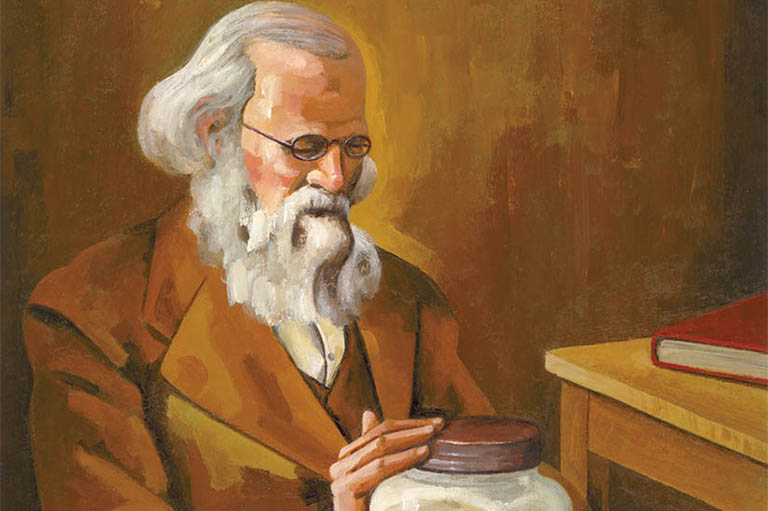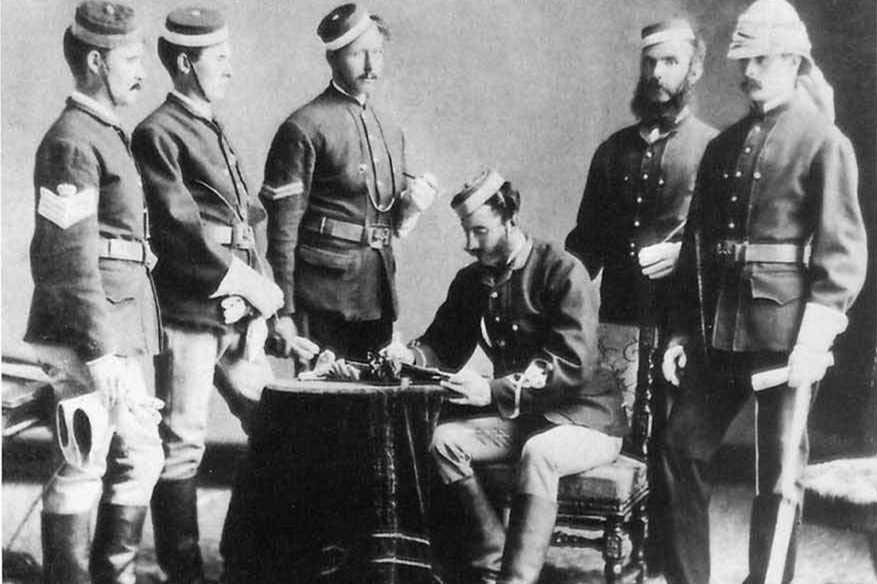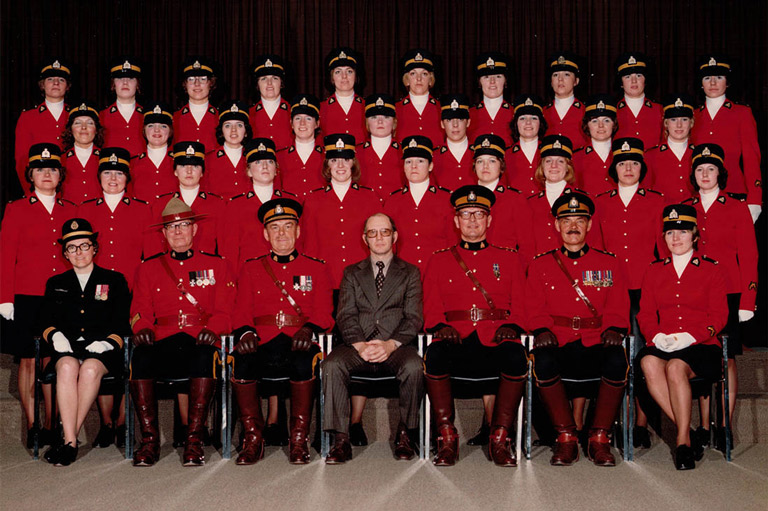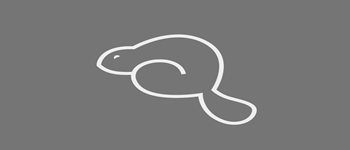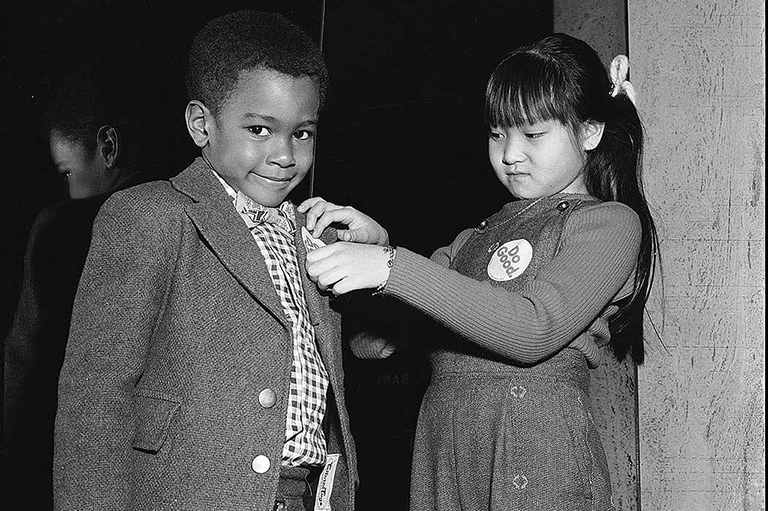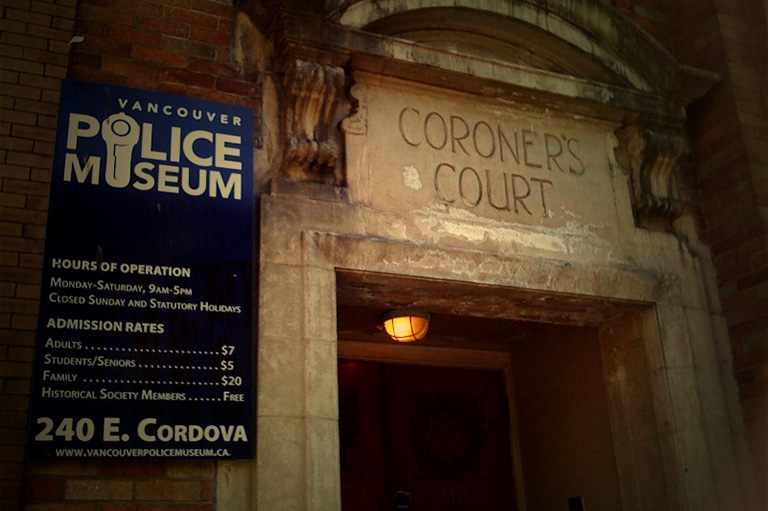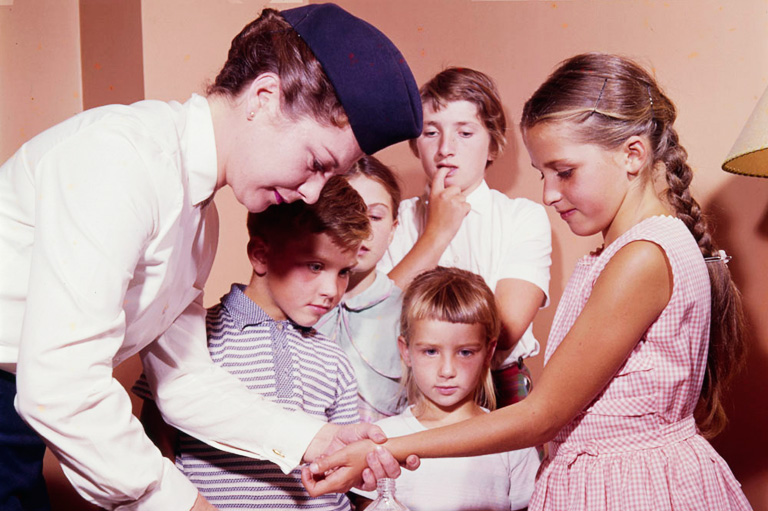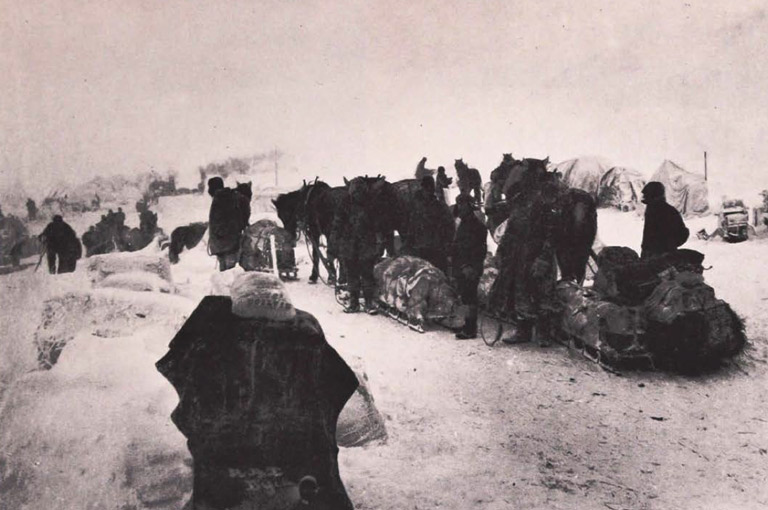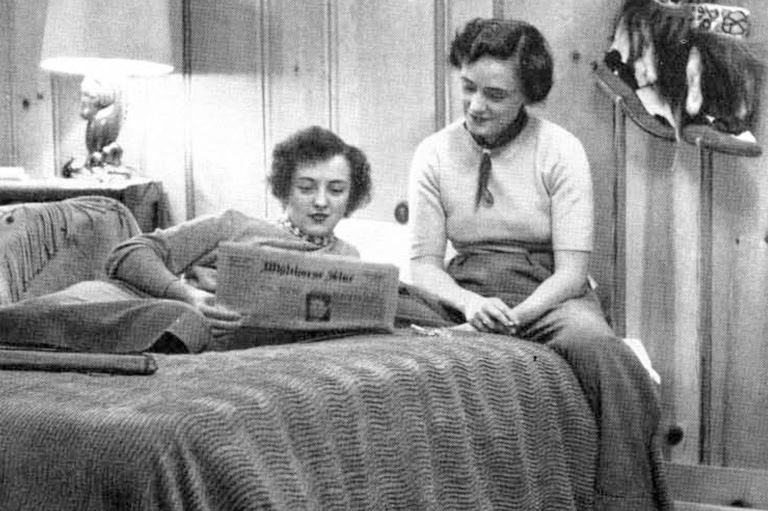Rigorous Science
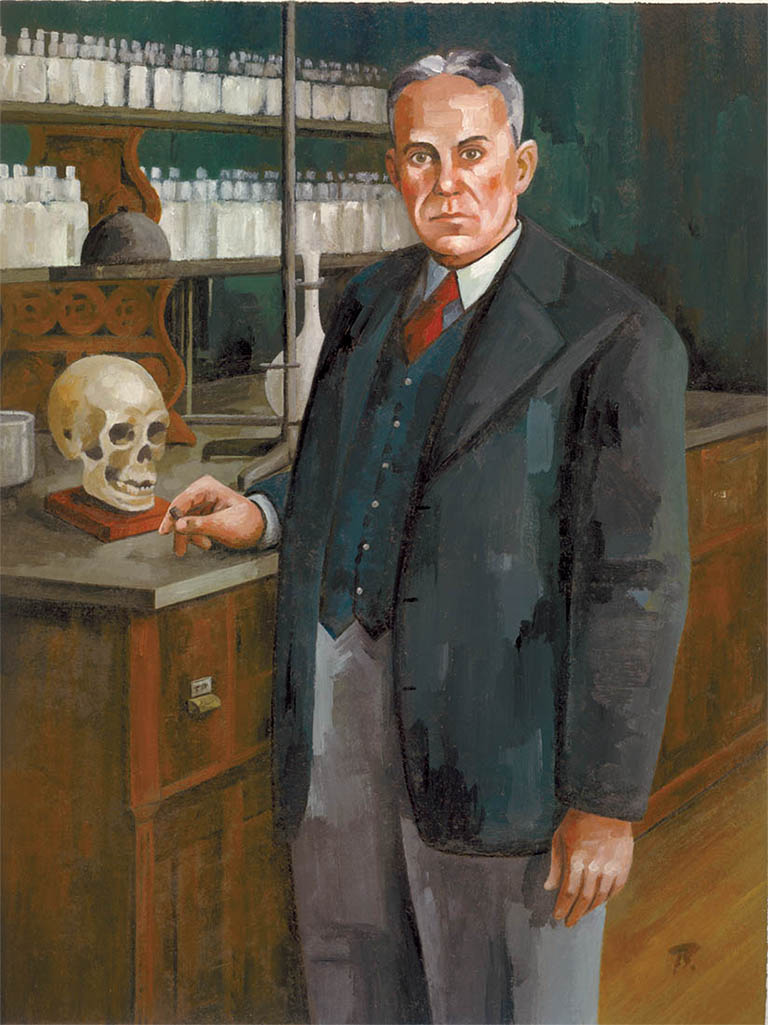
Dr. Wilfrid Derome focused on nothing else in his cramped Montreal laboratory except the work in front of him.
On the table were two Bayard pistols — a Browning and a Mauser — and the .25-calibre bullets that detective Georges Farah-Lajoie had fired from them. Beside them were the bullets Derome had removed from the skull of Raoul Delorme, whose body had been found on a freezing January morning in 1922 near a municipal equipment shed.
Patiently, Derome rolled each bullet on carbon paper and then rolled the carbon-covered bullets onto a blank page.
The striations left on the bullets from the pistols' barrels left distinct patterns in the stripes on the paper. He labelled each bullet's inky track and noted from which gun it had been fired. He photographed the bullets' trails and enlarged the images for closer examination.
Derome found the match he had been expecting. He and detective Farah-Lajoie agreed that this evidence, combined with evidence they had previously gathered, was sufficient to bring a conviction against the accused. Their next step was to convince the courts.
This would be no ordinary murder trial, for in 1922 Quebec, it was a particularly politically charged case. The accused was a priest, Reverend Adélard Delorme, charged with murdering his own half-brother. Called as an expert witness, Dr. Wilfrid Derorme was preparing ballistics evidence that would be the first such evidence ever presented at a North American trial.
When it comes to television's portrayal of the aftermath of heinous crimes, it seems that viewers want to know all the gory details. Popular television programs such as CSI, Forensic Files, and Bones, reflect today’s intense interest in the world of forensic science.
These programs owe a great debt to Canada, as the first North American forensics laboratory was founded in Montreal in 1914. It served as the model for many such laboratories in the United States, including that of the FBI. The Montreal lab was the result of one man's belief that medical experts and scientists should play an essential role in the service of justice. That man was Dr. Wilfrid Derome.
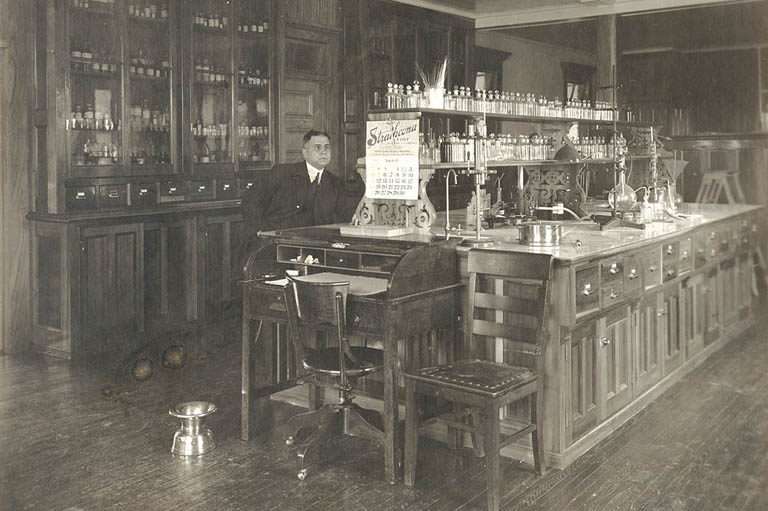
In the early 1900s, Derome could look out his window in Montreal’s Notre-Dame Hospital Laboratoire de pathologie et d’histologie and see across the street to the courthouse. As the director of the lab, he had made the short walk between these two buildings many times when he was called as an expert witness in criminal cases. Derome enjoyed this work; it appealed to his natural precision and curiosity and to his desire to see justice served.
But Derome was also a perfectionist. He knew that he needed more training and, in 1908, his request to the administrators of Notre-Dame Hospital for further studies in Paris was granted.
They were influenced by his former professor, Dr. Georges Villeneuve, who supported the study of forensics and the necessity for doctors to have the kind of expertise required to support the justice system. Derome studied at the University of Paris — one of only two scientific institutions in the world that specialized in solving crimes through the use of science and medicine.
Derome studied with the world's experts in forensic medicine and criminology, including Victor Balthazard and Alphonse Bertillon. Edmund Locard, another famous French doctor of forensic medicine, created the first school at Lyon specializing in forensic science. Derome followed Locard's work throughout his career.
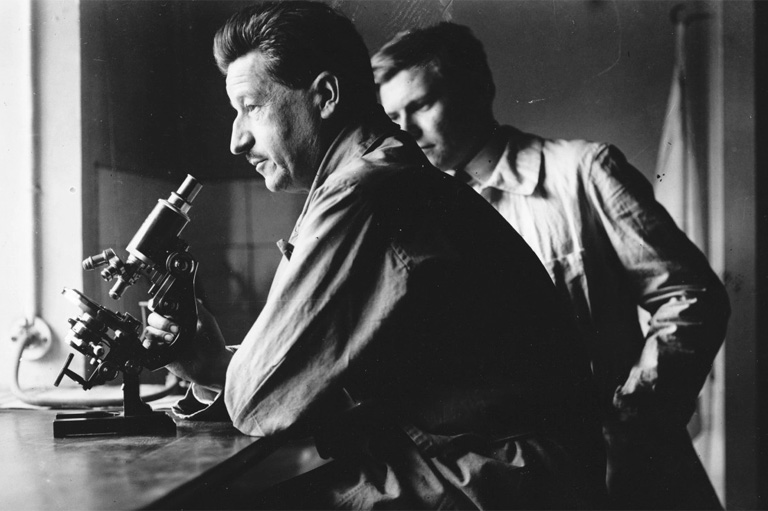
Derome returned to Montreal two years later with his diploma in legal medicine and the expertise he needed in such fields as ballistics, criminal psychology, and fingerprint analysis. He also came back with a dream and the determination to see it fulfilled, believing that the law would be served best if scientists dedicated to the study and analysis of crime-related material were able to work together in one place, sharing knowledge and resources.
They needed equipment and modern techniques to analyze evidence and to make accurate statements in court. With the support of the legal and medical community, Derome lobbied the Quebec government for just such an institution.
In his award-winning book, published in 2003, Wilfrid Derome, expert en homicides, Jacques Cote describes a conversation in July 1911 between Derome and Sir Lomer Gouin, attorney general and premier of Quebec.
Gouin told Derome that he had taken his request for a research institution very seriously. Derome reminded the premier that in the great cities of Europe, such labs had proven to be very useful, reiterating the point that even London, the home of Sherlock Holmes, did not have such a lab. He must have been very convincing.
The premier complimented Derome on his ability to put forward a case and asked if he would consider entering politics. To this, Derome replied that he preferred the company of his cadavers: “Ils ne me reclament rien.” (They never complain.) Derome’s droll sense of humour was well known by his students, family, co-workers, and his colleagues.
In early 1914, Sir Lomer Gouin announced the establishment of the Laboratoire de recherches médico-légales and made Dr. Derome the director. The location of the lab was inauspicious, as it was situated above the city morgue at 179 Craig Street East, a building that also housed the landlord. The terms of the lease dictated that Derome’s employees never use the main entrance, as it would disturb the clients of the landlord’s funeral parlour.
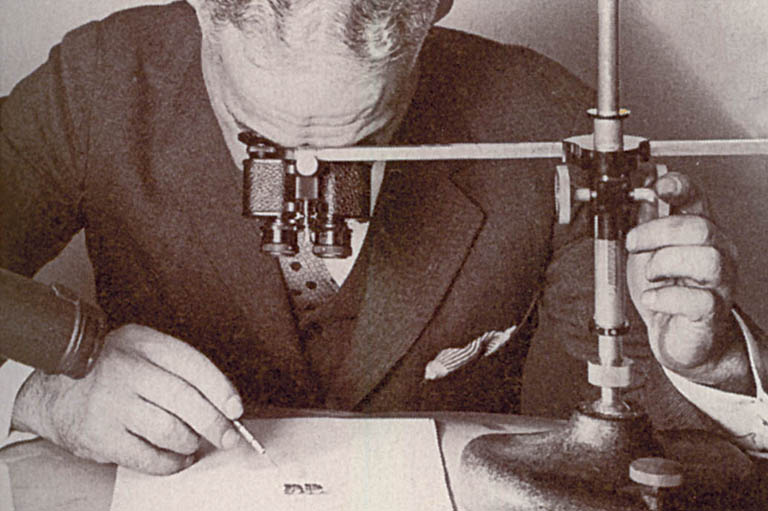
In September 1915, Derome began his mission to regularize the gathering of specimens and evidence by the province’s coroners in cases of sudden death. In a series of memos, he listed the specimens that needed to be collected for examining different crimes, such as rape or poisoning, and what should be sent to the lab.
As much as Derome wanted the lab to be recognized as a central resource for police, coroners, and justice officials in the province, the trust and collaboration that was necessary to make this happen took time to develop.
For instance, after Derome had given expert evidence regarding bloodstains on a suspect’s clothing — a man accused of brutally murdering a young woman — the man was acquitted.
The defence attorney argued that the local doctor had not found evidence of blood, questioning why Derome, a government-paid expert, had found blood — implying that the expert was biased to the prosecution’s case. He also argued that scientific methods continually change, so the investigative tools used by Derome could be outdated in the future, which meant they were fallible.
Derome was furious, but the case was a lesson in what he had yet to overcome. He determined to make the new lab a trusted link in the service of justice.
He did so by building up his forensics team. In 1920, Derome employed a newly graduated chemist and pharmacologist, Franchère Pépin.
Derome added a chemistry and toxicology unit to the lab so Pépin would be able to work on several projects, including identifying and tabulating quantities of alcohol in the blood. This new branch of the lab was another first in North American forensic lab development.
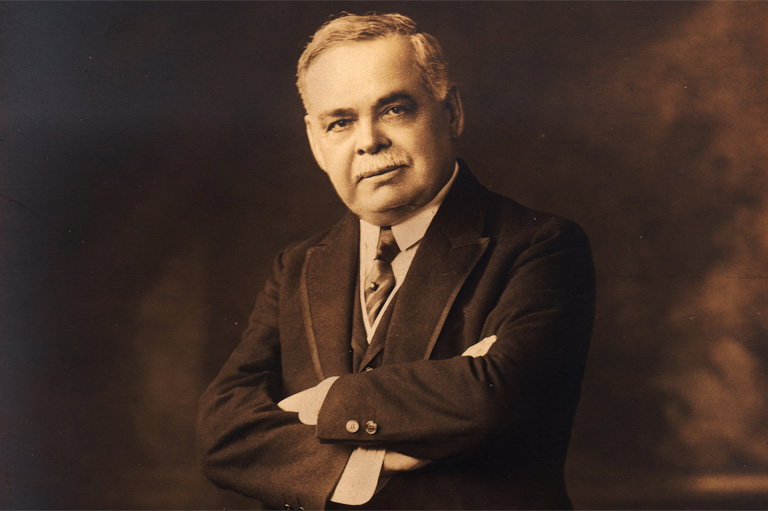
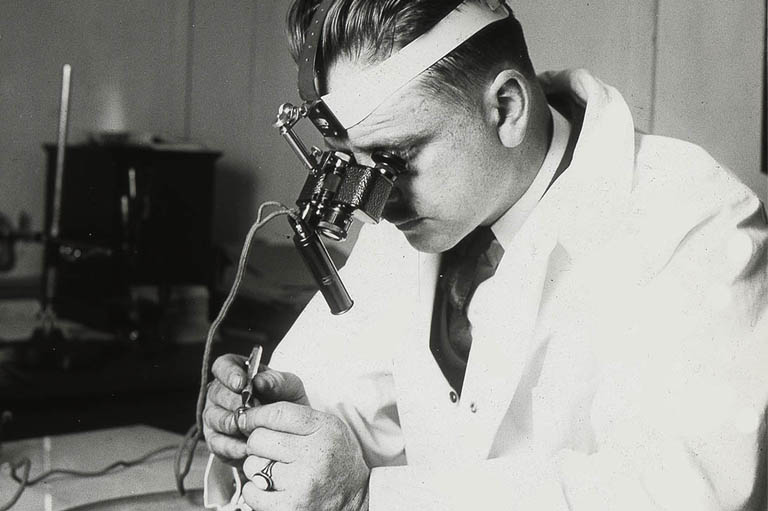
With his team in place, Derome’s forensic work made headlines in a murder trial that was reported across Canada and in the United States.
At the first of four trials of priest Adélard Delorme for the murder of his half-brother, the defence declared that Delorme should not be tried due to reasons of insanity. After much deliberation, the jury declared the priest “mentally incapable of being tried for murder.” However, Delorme’s doctor stated that his patient had not shown “any evident signs of imbecility, insanity, or madness since the first day of his internment” at his hospital.
In 1923, the lieutenant governor declared Delorme to be sane and able to stand trail.
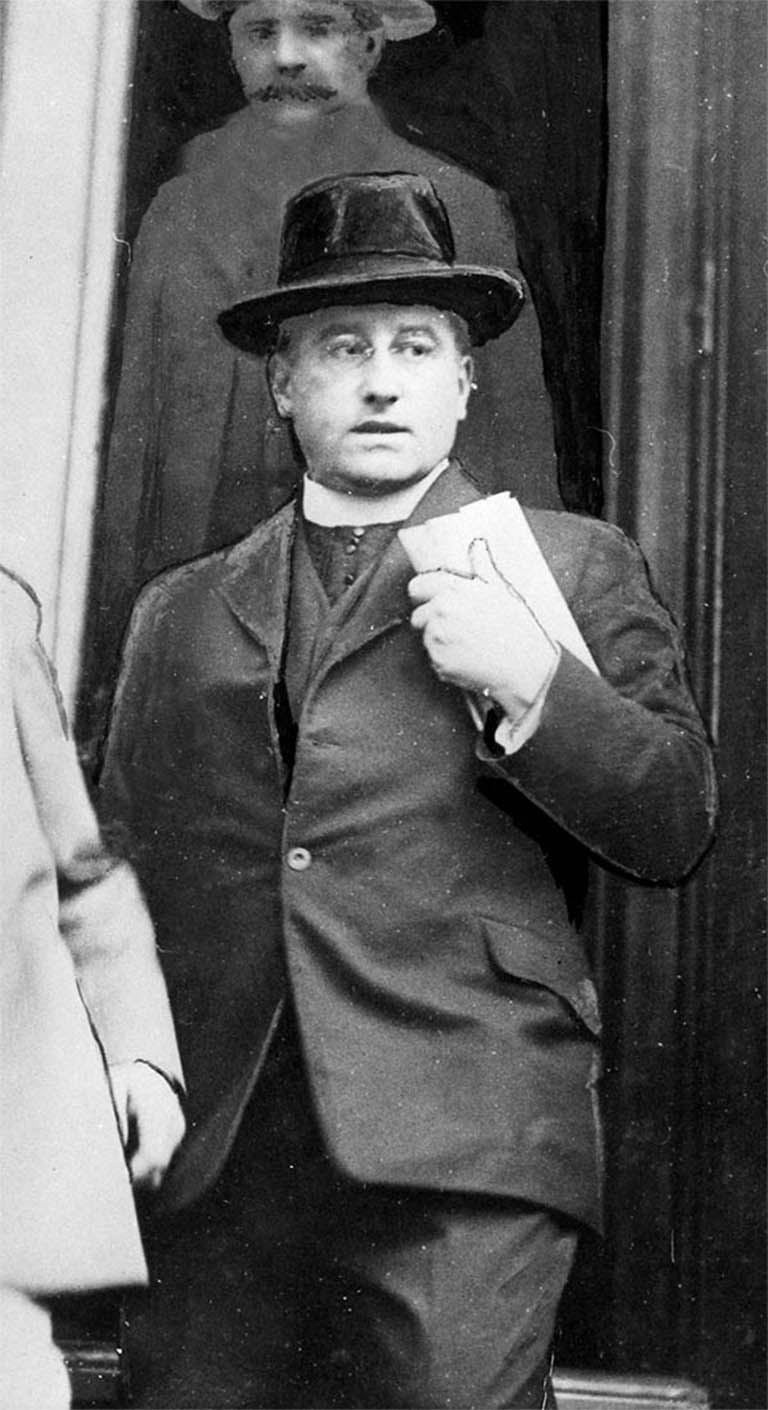
It was at the second and third trials that Dr. Wilfrid Derome presented his ballistics evidence. He constructed large models, presenting them to the jury to demonstrate how projectiles fire and are gouged by the barrel in a unique way. He also brought Raoul Delorme’s skull to show the precise entry points of the bullets and where he had extracted the slugs.
Like a grisly show-and-tell exercise, the jury inspected and passed around the skull. In spite of overwhelming evidence of the bullets from the priest’s gun, blood stains, a family quilt used to wrap the victim’s head, opportunity, and motive (Raoul had willed money to Adélard, who had large gambling debts), the juries at the second and third trials failed to deliver a verdict.
Finally, on October 31, 1924, Delorme was found innocent. After spending 989 days in custody, he was freed.
By 1923, the original lab was showing the wear of nearly ten years of continual work. Offices were too small, the autopsy room had no space for students, and rooms were unhygienic. Autopsies were being conducted on stretchers because the tables were broken.
Derome wanted a separate building, designed with the highest attention to technical and hygiene standards, allowing space for a museum of artifacts for educational demonstrations. In December, Derome received approval.
His new quarters on rue St. Vincent were much larger, but not as modern as he had hoped for. The lab occupied this building until 1968.
Derome’s work was in the spotlight again after the violent robbery of the Hochelaga Bank on April 1, 1924. He faced the overwhelming task of linking bullets from several guns with over thirty distinguishing characteristics.
He used forensic technology to connect knitted facemasks to their wearers. His expert testimony created a complete account of the robbery, with definitive evidence to convict the seven accused. Six of the accused received the death sentence. (The seventh criminal testified against the others in return for his freedom, but was murdered several weeks later.)
In a macabre gesture, hangman Arthur Ellis donated a special item to Derome’s laboratory — the rope he had used to mete out punishment for their crimes. The rope can be seen today, twisted to spell “Morel” (the name of the first man hanged), in the Museum of Civilization in Quebec City, along with the rest of the collection from the lab’s archives.
Documenting his forensic work was just as important as serving as an expert witness in court. In 1928, Derome wrote a twenty-eight-page booklet, Le Lieu du crime, summarizing the directives he had given to Quebec police forces over the years.
The booklet outlined how police should treat a crime scene, stipulating that the first job of the police is to neither touch nor move anything. Their second job is to send for experts without delay.
Derome reiterated the importance of crime scene photographs and following Alphonse Bertillon’s methods of “photographie métrique,” measuring and recording exact locations of objects at the crime scene.
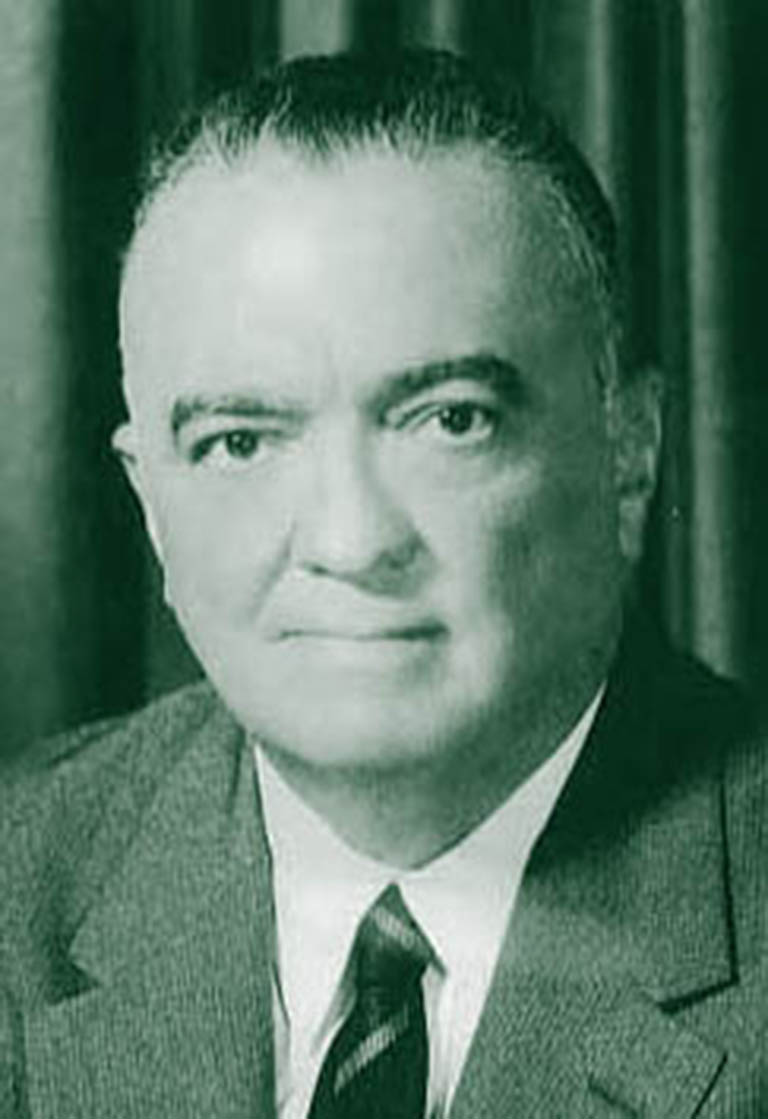
Next, in collaboration with Fontaine, Derome published a book on firearms and ballistics, Expertise en armes à feu, which was the first major work published by Derome after his Précis de médecine légale (Digest of Forensic Medicine) in 1920.
Expertise en armes à feu found an eager audience and praise on two continents. A.S. Herzog, editor of the prestigious Medico-Legal Journal published in New York, said that the photographs and diagrams spoke clearly to the reader without translation.
Calvin Goddard, who made his reputation as ballistician of the St. Valentine’s Day Massacre, praised the book and said that it was the first work to present a satisfactory and complete picture of the most recent work in this field.
It was around this time that J. Edgar Hoover visited Derome’s lab; he returned to the United States determined to establish a similar institution as part of his FBI crime-fighting team. He visited and consulted with Derome again before the FBI lab opened in 1932.
In the world of forensic medicine, Dr. Wilfrid Derome was in huge demand. He received job offers from chiefs of police in Detroit, New Orleans, St. Louis, and Los Angeles.
After the Herzog article, a team from the New York state crime department visited Derome’s lab to study the equipment and his methods, returning to report to the governor of New York, Franklin D. Roosevelt. But what of Derome’s reputation in Canada? Here, too, he continued to be in great demand.
In February 1930, Derome was called as an expert witness in a murder trial in Toronto, and also at another murder trial of two Ontarians that resulted in the death sentence for two brothers. A month later, he conducted a ballistics analysis in Hamilton, and in November, he was sent to New Brunswick for another trial.
Also in 1930, the chief coroner of Ontario arranged to send Dr. Edgar Frankish to consult with Derome at the Montreal laboratory. Frankish operated a private lab in Toronto, and the attorney general wanted to make him director of a newly planned public lab. With Derome’s mentoring, Frankish learned what was required to equip and run a professional lab. The Ontario government lab opened in 1930 — the second in Canada.
Dr. Wilfrid Derome could look back at a career of accomplishment and praise, but sadly, he could not look forward very far.
Diagnosed with cancer, he painstakingly put his affairs in order. In July 1931, Derome wrote to Premier Louis-Alexandre Taschereau asking him to approve sending the young Dr. Jean-Marie Roussel to Paris to study, just as he once had. (Roussel would become director after his immediate replacement, Rosario Fontaine.)
Derome also made careful provisions to protect the livelihoods of his wife and two teenaged children. He died on November 24, 1931, at the age of fifty-four.
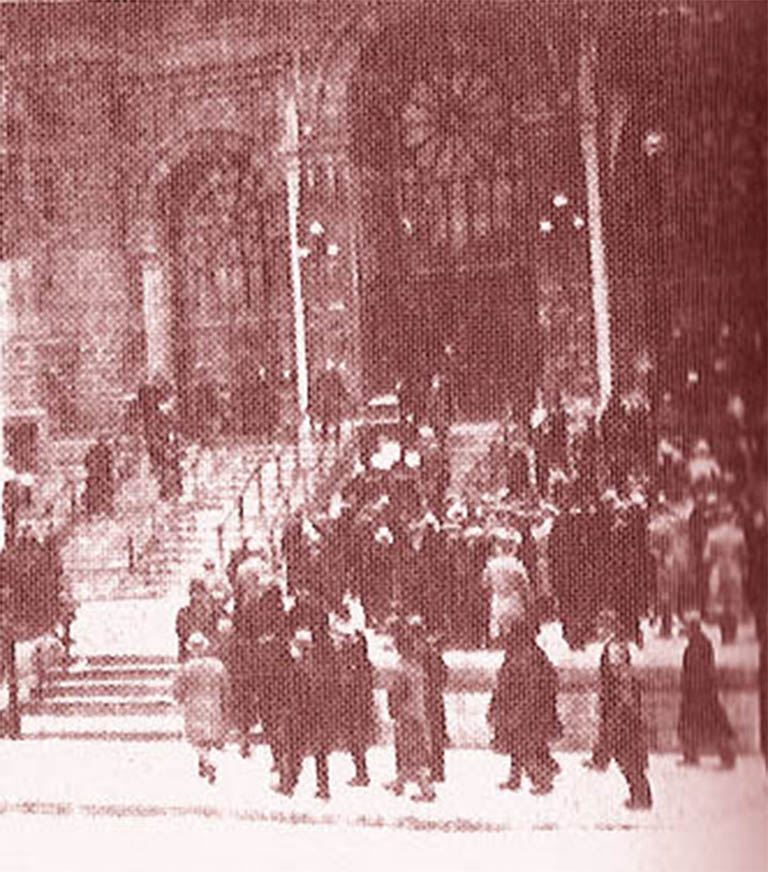
Fontaine’s obituary for Derome in The Canadian Medical Association Journal in January 1932 summarizes not only Derome’s accomplishments, but also the respect he achieved in the medical and legal communities:
“His life of labour, equable and devoid of ambition, the great love which he bore for his pupils, combined to make him an amiable and striking figure in the eyes of those who, like us, had the advantage of his acquaintance ... the record of time will be needed to appreciate [the] real value of this great and splendid figure who justly received the deferential regard of scientific men throughout the world.”
Today, the building in Montreal that houses the current forensic laboratories bears the name l'édifice Wilfrid-Derome and his words: “Refrain from assertions you cannot prove.” The declaration forms the cornerstone of the work that continues there today, contributing to Wilfrid Derome’s legacy as Canada’s father of forensics.
Et cetera
The Cassock and the Crown by Jean Monet. McGill-Queen’s University Press, Montreal, 1996.
Principles and Practice of Forensic Science: The Profession of Forensic Science by Keith Inman and Norah Rudin. CRC Press, Florida, 2000.
Visit the website of the Canadian Society of Forensic Science.
The Beaver: “A Monstrous Plot,” by Andre Pelchat, June/July 2006. Thanks to forensic science, Albert Guay was found guilty of an airplane bombing in Quebec in 1949.
Stalking CSI
1908
Canada sanctions the use of fingerprints as a means of identification.
1910
Creation of the world’s second forensic science laboratory in Lyon, France, headed by Edmond Locard.
1911
First set of fingerprints identified by the RCMP Fingerprint Bureau headed by Edward Foster, the “Father of Canadian Fingerprinting.”
1914
Sir Lomer Gouin, attorney general and premier of Quebec, creates the first forensic lab in North America. It opens in Montreal.
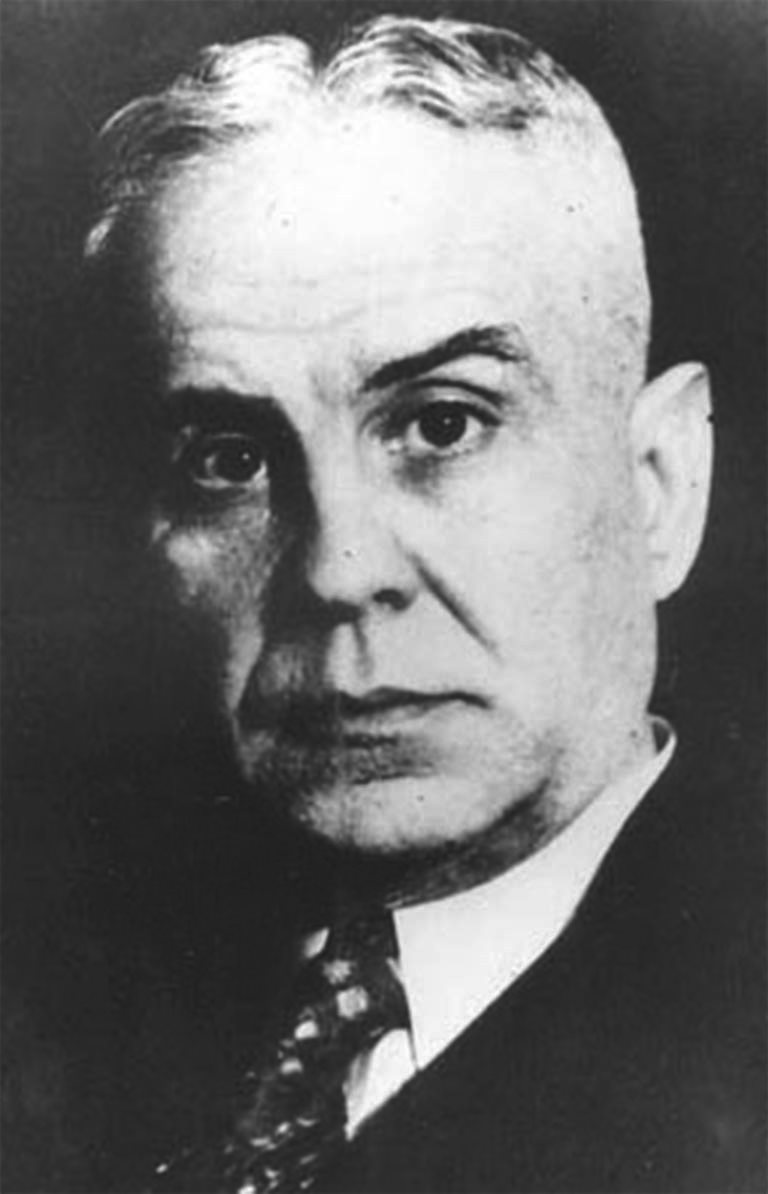
1920
Dr. Wilfrid Derorme publishes his textbook Précis de médecine légale.
1922
The results of a blood alcohol test are admitted into evidence at a trial for the first time.
1922–24
Delorme affair; Reverend Delorme is accused of murdering his half-brother in Montreal, Quebec.
1924
Through forensic analysis, Dr. Wilfrid Derome links knitted facemasks and bullets to perpetrators of Montreal’s Hochelaga Bank robbery.
1930
Canada’s second forensic science laboratory established in Toronto, Ontario.
1931
Dr. Wilfrid Derome dies.
1932
After his earlier consultations with Dr. Wilfrid Derome, J. Edgar Hoover opens the FBI forensic lab.
1937
RCMP scientific laboratory established in Regina, Saskatchewan. RCMP forensic labs spread across Canada.
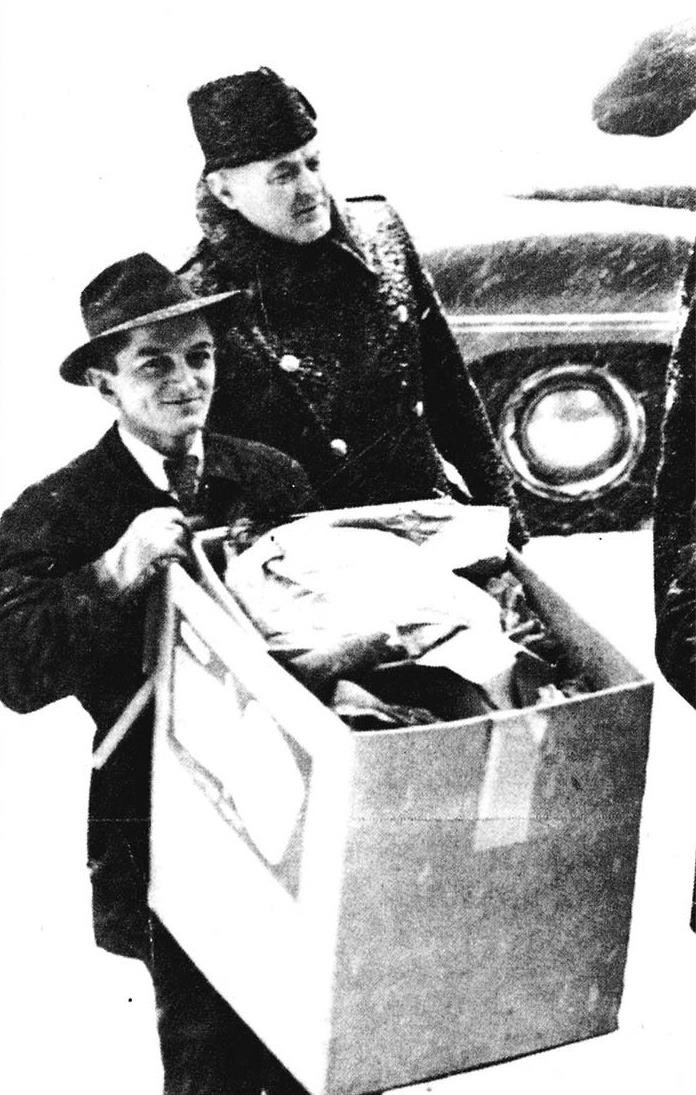
1950
During the Guay trial, involving the explosion of a plane in Quebec, forensic analysis of debris is admitted into evidence for the first time.
During the Guay trial, involving the explosion of a plane in Quebec, forensic analysis of debris is admitted into evidence for the first time.
1978
Two separate units within the Laboratoire de recherches médico légales are created: the Laboratoire de police scientifique and the Laboratoire de médicine légale.
1984
DNA profiling, the first DNA “fingerprinting” technique, discovered by Dr. Alec Jeffries of Leicester University, England.
1996
Deposit of the collection of the Laboratoire de sciences judiciaires et médicine légale in the Musée de la Civilisation, Québec.
Behind the scene of the crime
In 1914, Sir Lomer Gouin, attorney general and premier of Quebec, followed Dr. Wilfrid Derome’s advice to establish a forensic medicine laboratory in Montreal. The Laboratoire de recherches médico-légales the first forensic laboratory in North America, was located at 179 Craig Street East. It predated Chicago’s laboratory, which opened in 1929, as well as the FBI’s facility, which opened in 1932 (and modelled itself after the Montreal lab).
The objectives of the Montreal laboratory were clear — to facilitate police investigations and support the justice system. Ten years after it was founded, the laboratory moved to St. Vincent Street, where it stayed until 1968. At the following Parthenais Street location, it remained associated with Dr. Wilfrid Derome, who directed it until his death in 1931. Then in 1978, the institution was divided into two separate administrative units: the Laboratoire de police scientifique (forensic science laboratory) directed by Bernard Péclet and the Laboratoire de médecine légale (forensic medicine laboratory) directed by Dr. Jean-Paul Valcourt.
As a world-renowned organization, the two units continue to make advancements in forensic research. In recent years, the field of forensic science has evolved, becoming more refined and diversified. Today, there are more than two hundred such laboratories in North America, partly due to Montreal’s pioneering efforts. To preserve this fascinating history, Quebec City’s Musée de la civilisation has been entrusted with the Montreal lab’s early collection.
At Canada’s History, we highlight our nation’s past by telling stories that illuminate the people, places, and events that unite us as Canadians, while understanding that diverse past experiences can shape multiple perceptions of our history.
Canada’s History is a registered charity. Generous contributions from readers like you help us explore and celebrate Canada’s diverse stories and make them accessible to all through our free online content.
Please donate to Canada’s History today. Thank you!
Themes associated with this article
Advertisement
You might also like...

Canada’s History Archive, featuring The Beaver, is now available for your browsing and searching pleasure!

